Ginger is one of those “fairly” new things to American cooking. I mean we used powdered ginger in cooking and baking but it wasn’t really well known in traditional daily cooking. Now with the evolution of Asian, Thai, Indian and other ethnic-type restaurants and celebrity chefs fresh ginger is almost as common as garlic.
Fresh ginger is the funkiest looking thing ever. It’s bumpy, has ‘legs’ everywhere and just well.. is funky looking.
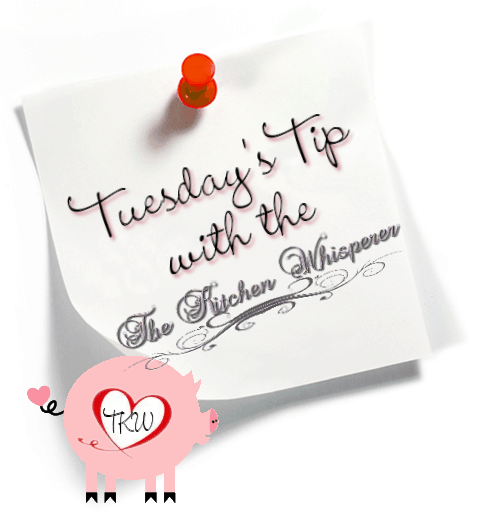
But the taste.. that wonderful sweet spicy taste! Fresh ginger’s tangy freshness, light spiciness, warmth, and mellow sweetness complement a range of dishes, from sweet to savory. Though fresh ginger packs the most punch, it comes in a variety of forms: pickled, dried and ground, and crystallized; the latter two forms are used primarily in baking.
Choosing Fresh Ginger
Look for ginger with skin (the thinner the better) that’s smooth, unblemished, and almost translucent. When you break off the piece you want, the interior should be firm, crisp, and not overly fibrous (making it easier to slice). It should have a fresh, spicy fragrance.
You want to peel the ginger. Because of the twist, knobs and turn, a vegetable peeler may be way too difficult to use. Try using the edge of a metal spoon to scrape off the skin. It takes a bit more effort than a paring knife or a peeler, but it’s less wasteful—and it lets you maneuver around the knobs and gnarls. Ginger can be sliced into planks or matchsticks, chopped, grated, puréed, and minced. Keep in mind that, like many spices, ginger’s flavor fades as it cooks. So for more gingery oomph, add some or all of the ginger at the end of cooking.
Storing Fresh Ginger:
Probably the most important thing here is how to store it once you’ve peeled it. For me, the best way is to clean 1 whole fresh piece, cut into sections, peel and then store in a freezer bag in the freezer. Everytime I need a piece or some, I’ll pull it out, grate it/slice it/ chop it and then put the remaining piece back into the bag.



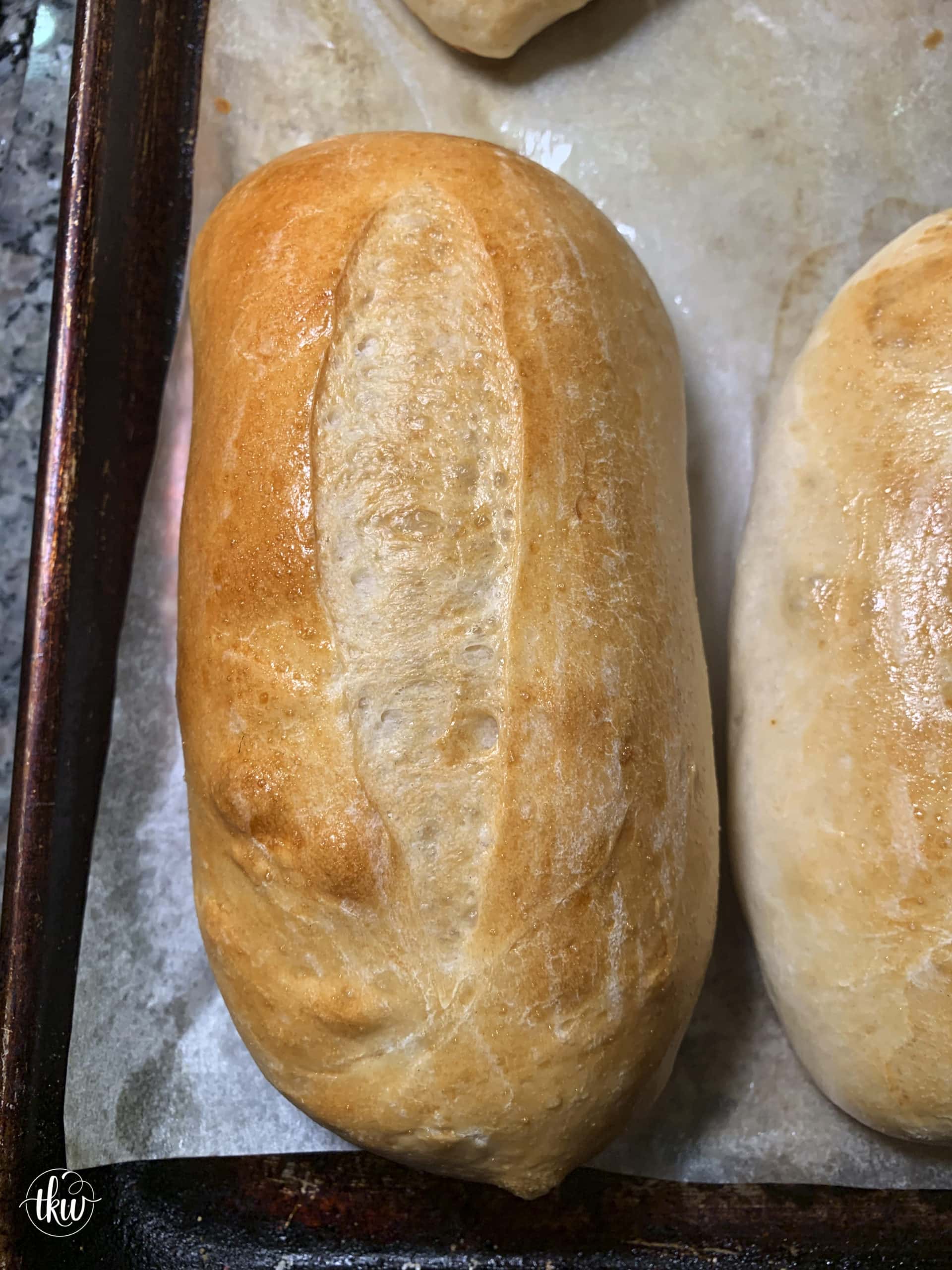
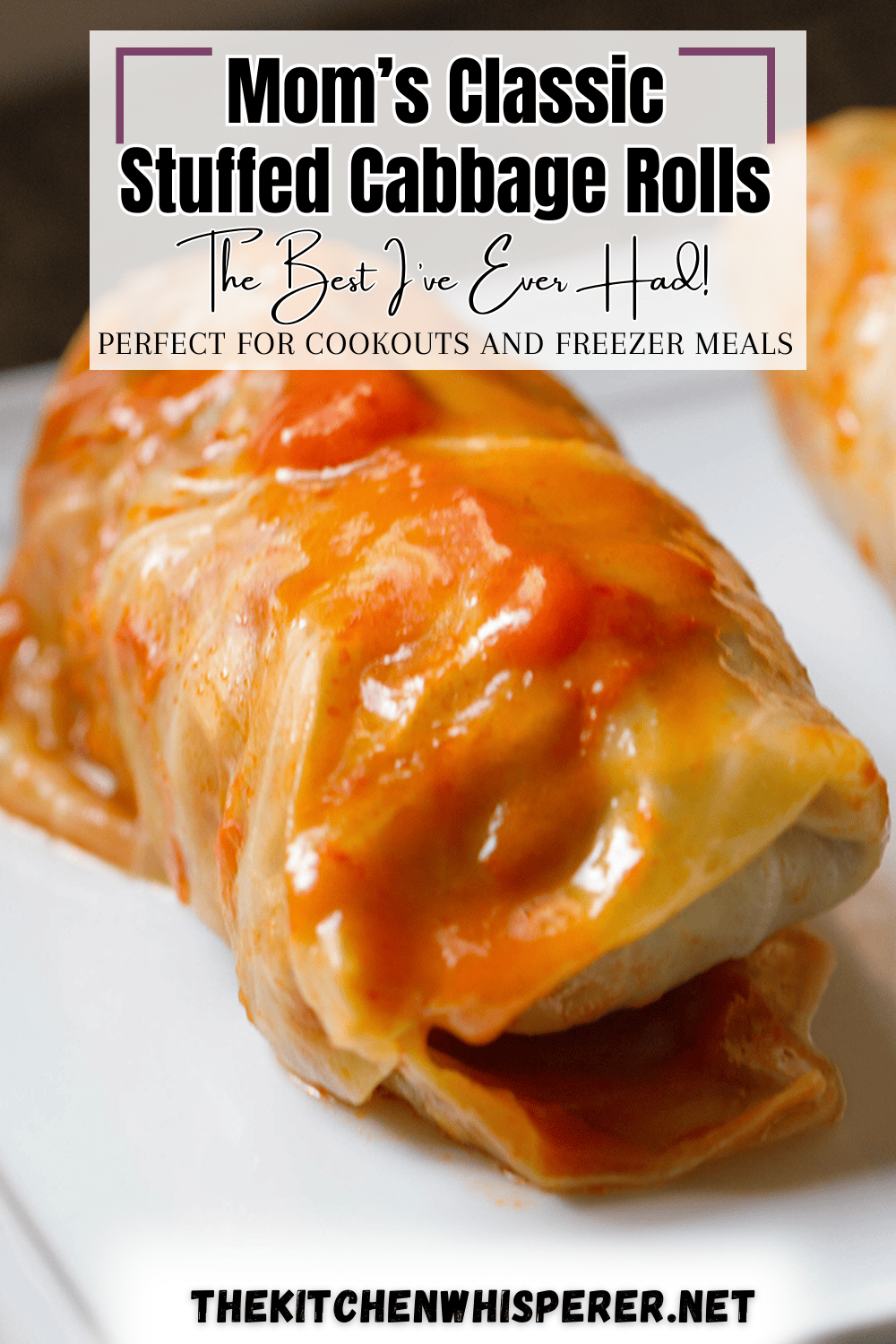
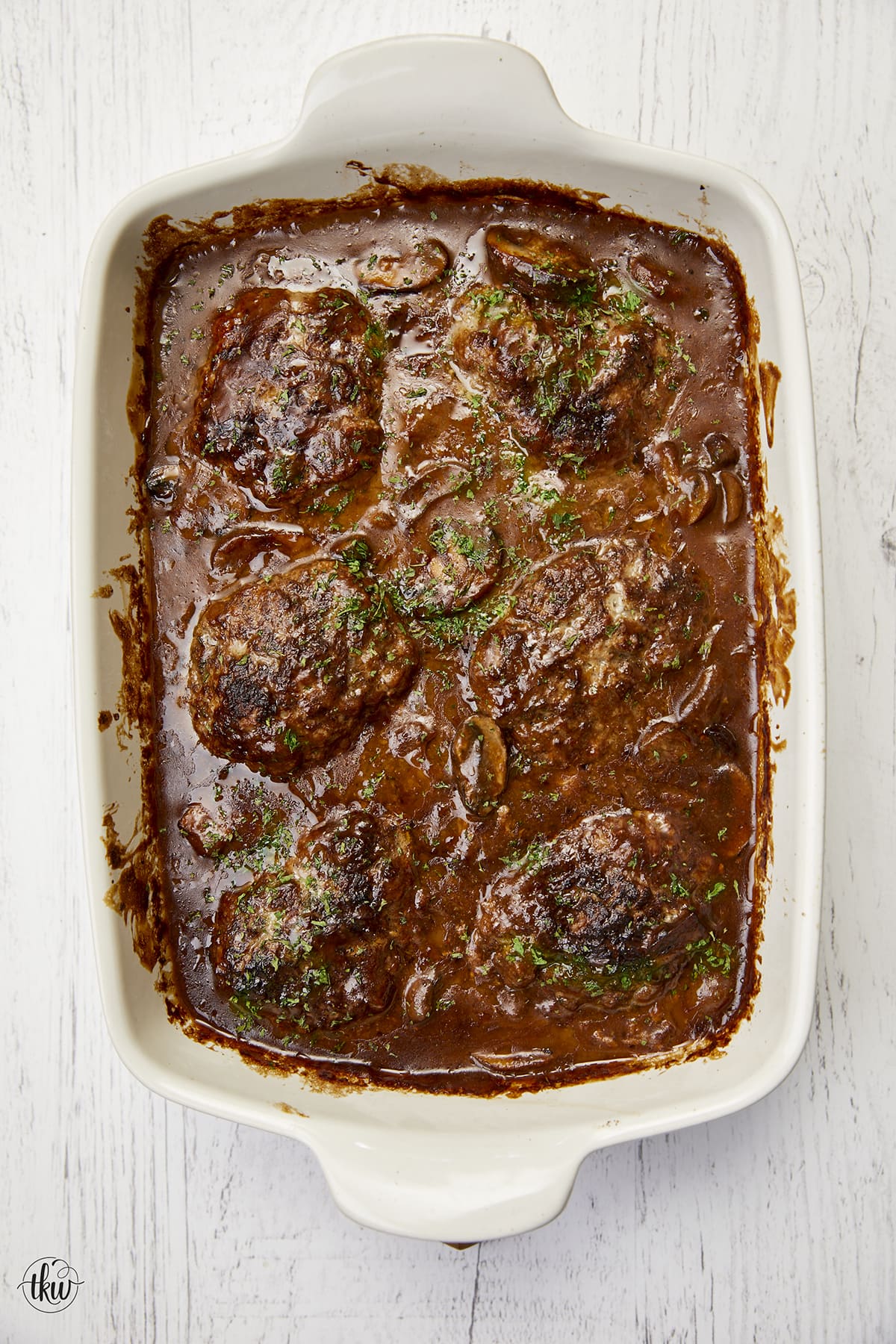

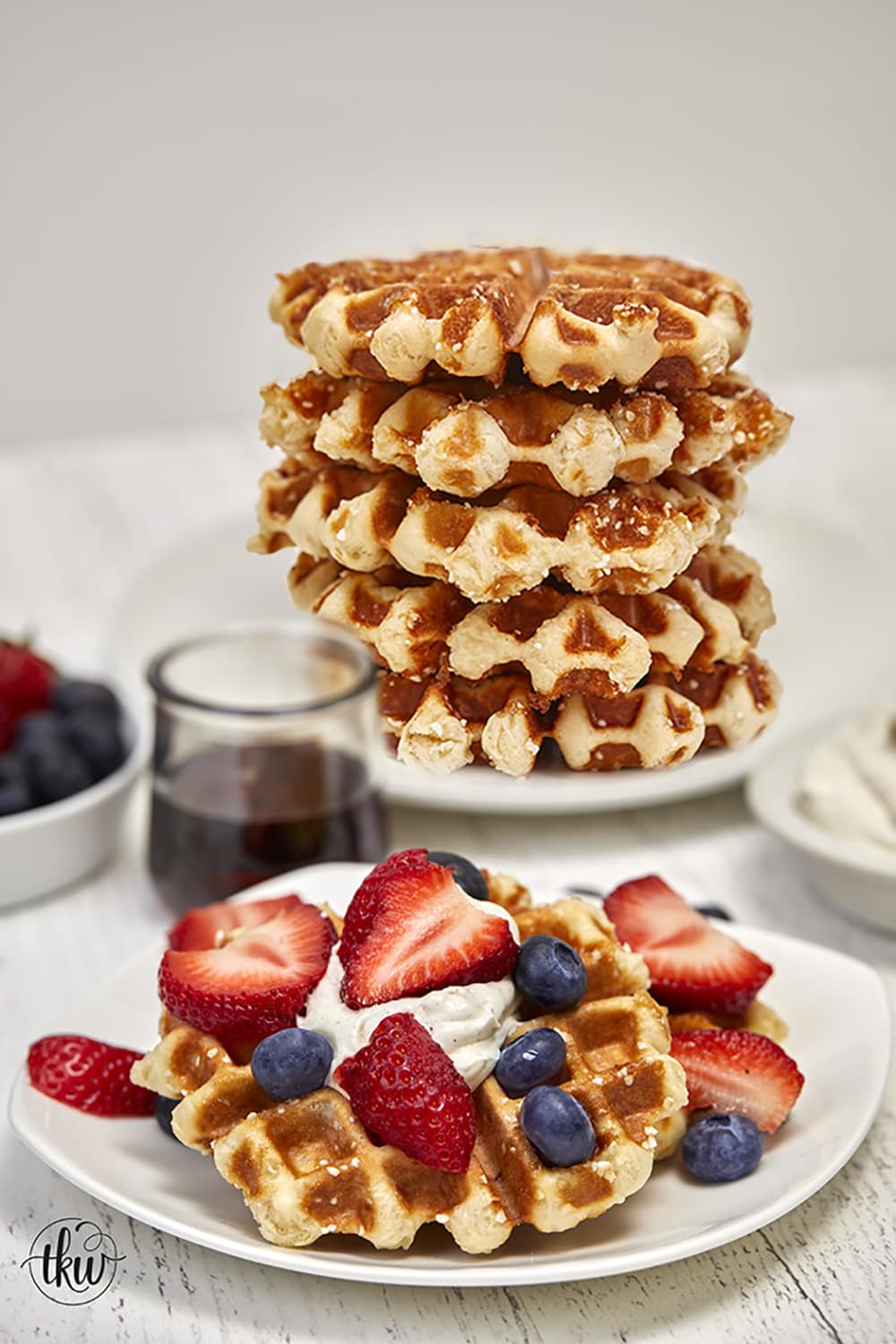
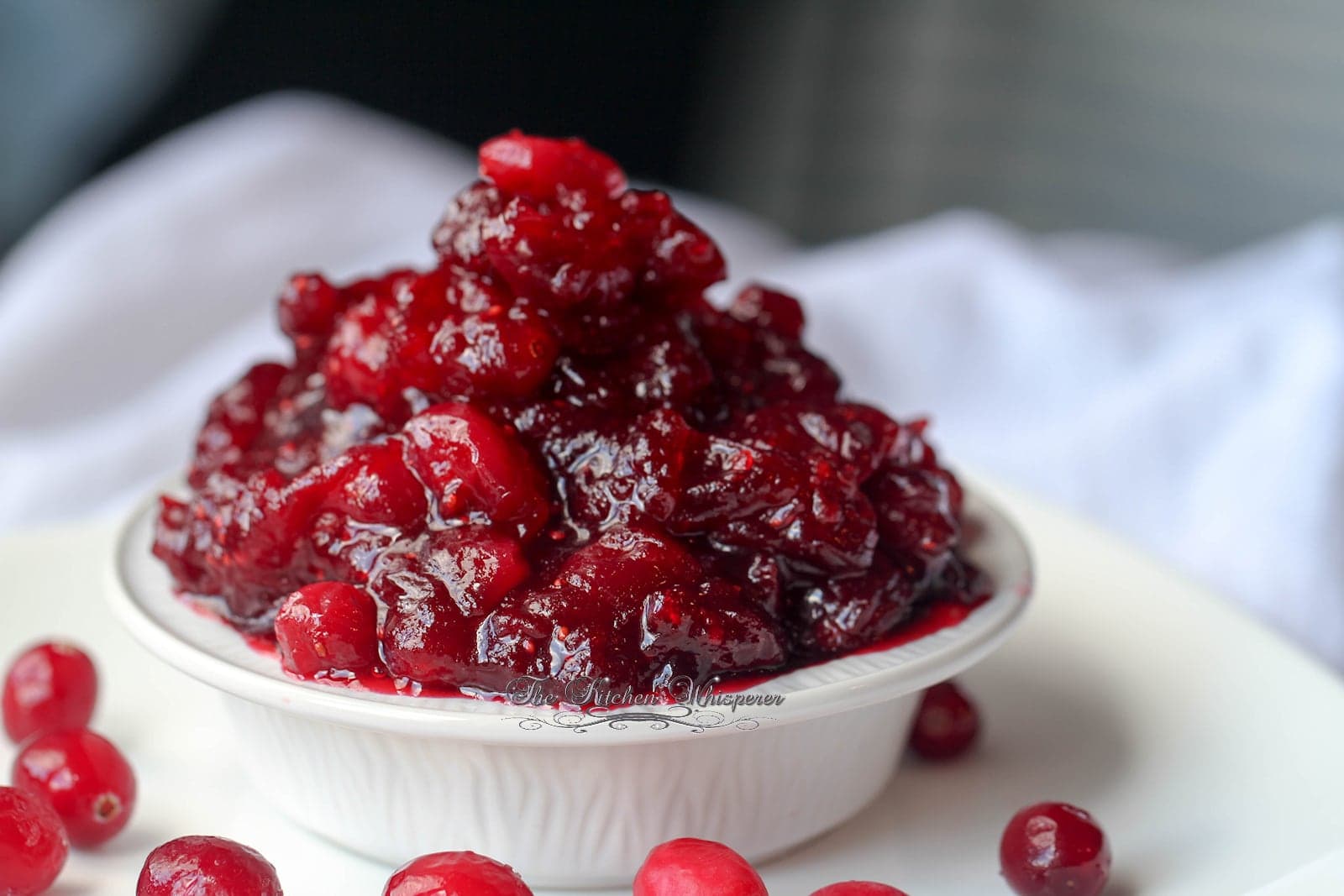

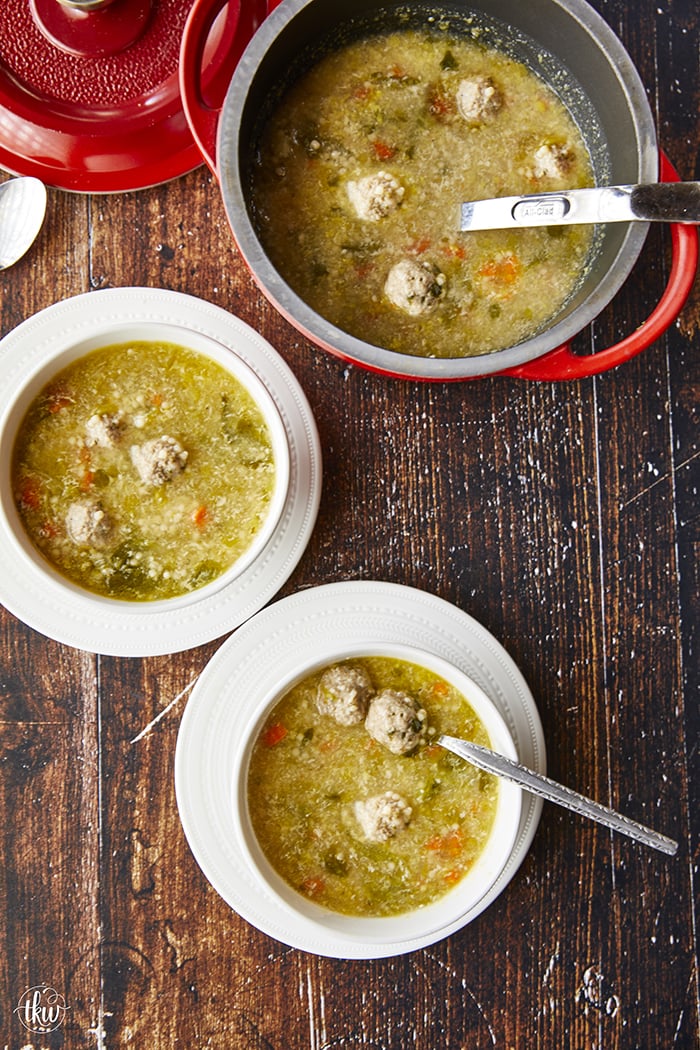
Leave a Reply